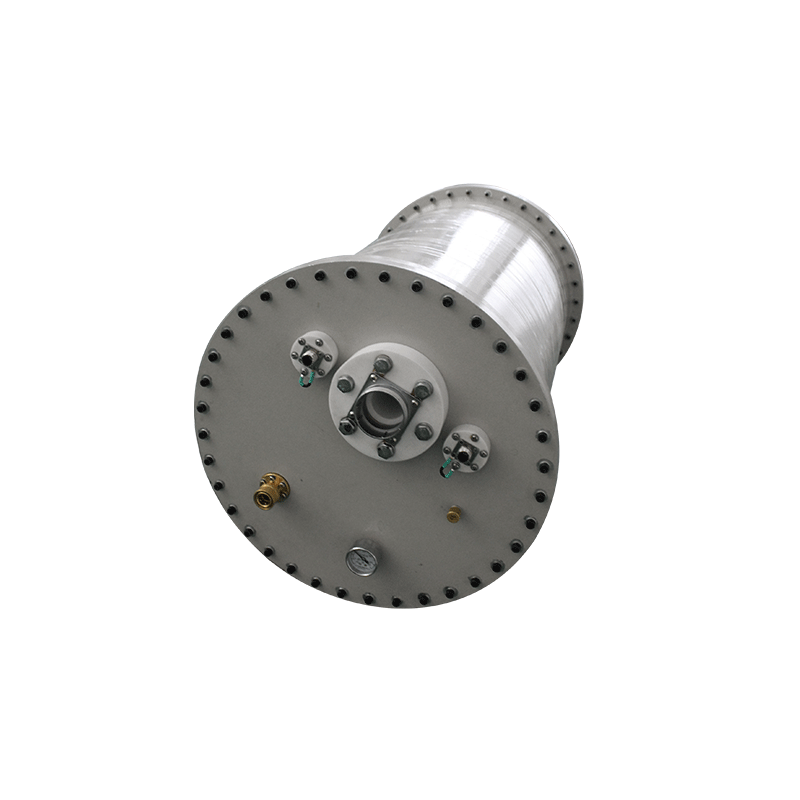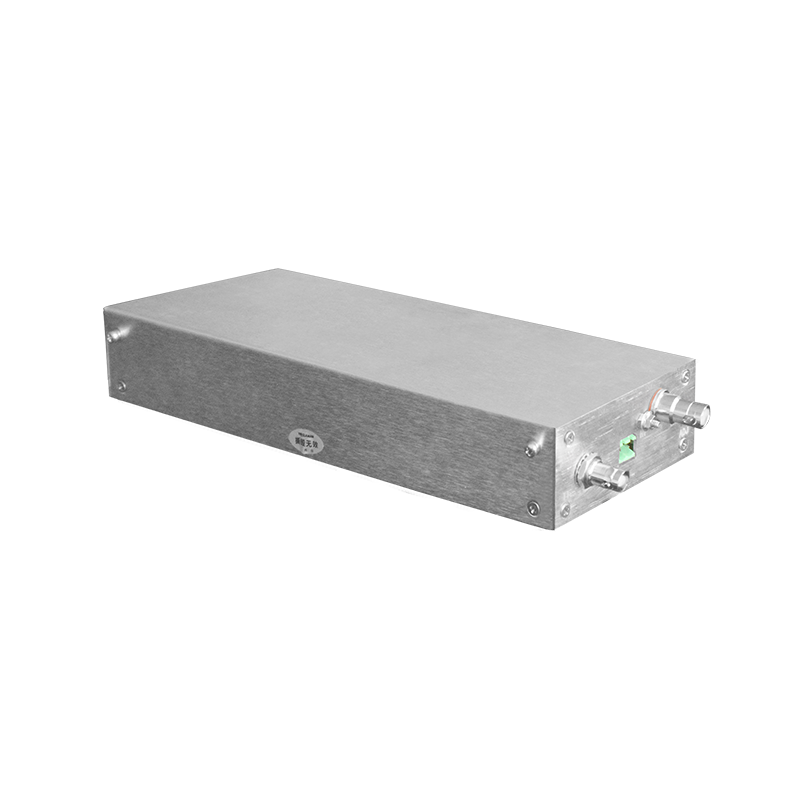The Critical Role and Technical Requirements of High-Voltage Generators in Power System Load Balancing Control
Abstract:
With the continuous development of power systems and the increasing diversity of load demands, load balancing control has become an important link to ensure the stable operation of the system. As one of the core components in the power system, high-voltage generators play a crucial role in load balancing control. This article will discuss the application of high-voltage generators in power system load balancing control and their technical requirements from a professional perspective.
Keywords: High-voltage generator; Power system; Load balancing control; Technical requirements
I. Introduction
Power system load balancing control refers to adjusting the distribution of loads in the system to maintain stable voltage, frequency, and other parameters while meeting load demands. High-voltage generators, as important equipment in the power system, directly affect the load balancing status of the system with their high-voltage output. Therefore, researching the role and technical requirements of high-voltage generators in load balancing control has significant practical significance.
II. The Critical Role of High-Voltage Generators in Load Balancing Control
1. Improving System Stability
High-voltage generators can provide stable high-voltage output, ensuring that the power system remains stable during load fluctuations. By reasonably configuring the output of the high-voltage generator, it is possible to effectively reduce the peak-valley difference of system load, lower grid losses, and improve the overall stability of the system.
2. Optimizing Resource Allocation
In the power system, there are differences in load demand across different regions. High-voltage generators can flexibly adjust their output according to the load conditions of each region, achieving optimal resource allocation. This not only improves the operational efficiency of the power system but also helps to extend the service life of equipment.
3. Protecting Equipment Safety
High-voltage generators also play a role in protecting equipment in load balancing control. When the system experiences abnormalities such as overloads or short circuits, the high-voltage generator can quickly cut off the power supply to prevent damage to the equipment and ensure the safe operation of the power system.
III. Technical Requirements for High-Voltage Generators
1. High-Precision Output Control
To meet the needs of power system load balancing control, high-voltage generators need to have high-precision output control capabilities. This requires the generator to be able to precisely adjust parameters such as output voltage and current, ensuring that the system remains stable under various load conditions.
2. Rapid Response Capability
With the rapid development of the power system, load changes are becoming faster. High-voltage generators need to have a rapid response capability to quickly adjust their output when the load changes abruptly, maintaining the stability of the system.
3. High Reliability and Long Service Life
As a critical component in the power system, the reliability and service life of high-voltage generators are crucial. Therefore, advanced technologies and materials need to be adopted in the design and manufacturing process to ensure that the generators have high reliability and a long service life.
4. Intelligence and Automation
With the development of smart grids, the intelligence and automation level of high-voltage generators is also increasing. By introducing advanced control algorithms and communication technologies, functions such as remote monitoring and fault diagnosis of high-voltage generators can be realized, improving the operational management level of the power system.
IV. Conclusion
In summary, high-voltage generators play a crucial role in power system load balancing control. To meet the growing power demands and ensure the stable operation of the system, we need to continuously improve the technical level of high-voltage generators, including output control precision, rapid response capability, reliability, and intelligence. This will help promote the sustainable development and optimization upgrade of the power system.




















